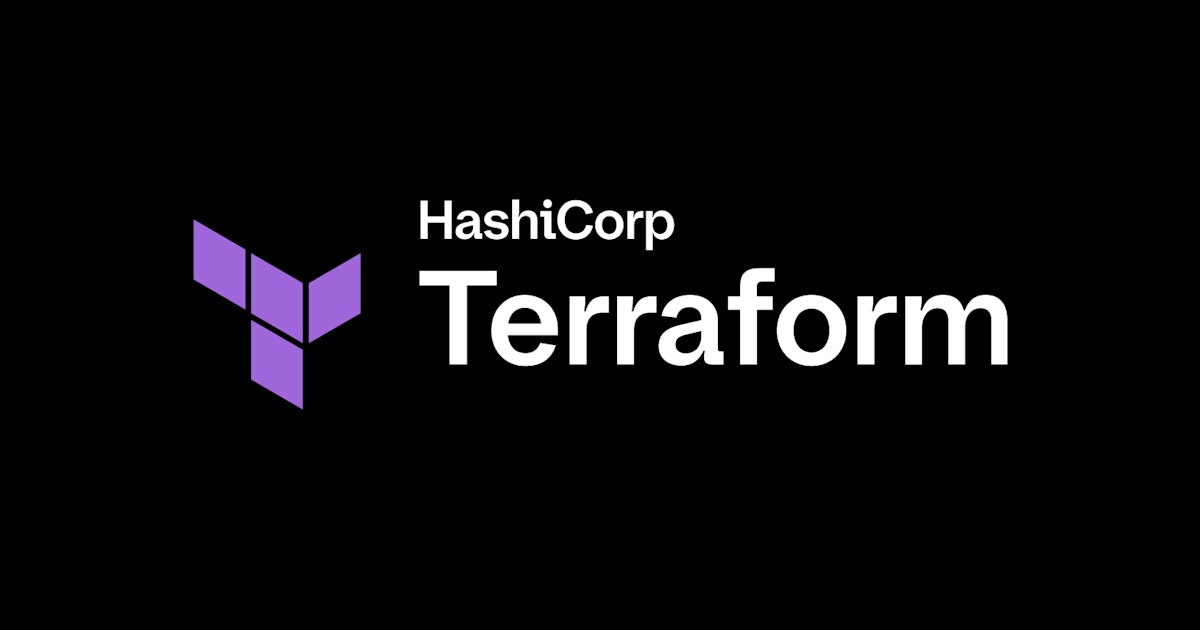Hashicorp
2w
340

Image Credit: Hashicorp
Disaster recovery strategies with Terraform
- The Ponemon Institute study in 2016 reported an exponential rise in the total cost of unplanned outages, emphasizing the need for robust disaster recovery strategies.
- EMA Research's 2022 study indicated a mean total cost per minute of unplanned outages to be $12,900, underlining the importance of effective disaster recovery plans.
- Maintaining disaster recovery solutions can be costly and time-consuming, with expenses ranging from hundreds of thousands to millions of dollars annually for enterprises.
- Leveraging infrastructure as code (IaC) like HashiCorp Terraform can simplify the setup, testing, and validation of disaster recovery environments, ensuring cost-efficiency and consistency.
- Key concepts like Recovery Time Objective (RTO) and Recovery Point Objective (RPO) play a vital role in shaping an organization's disaster recovery strategy.
- Popular disaster recovery strategies include Backup & Data Recovery, Pilot Light, Active/Passive, and Multi-Region Active/Active, each varying in complexity and cost.
- Using Terraform within disaster recovery strategies offers automation, repeatability, scalability, cost efficiency, and flexibility in infrastructure provisioning and maintenance.
- Terraform's advantages include minimizing manual interventions, ensuring infrastructure consistency, scalability as needed, reduced infrastructure costs, and multi-cloud support.
- Terraform can be integrated with various disaster recovery strategies such as Backup & Data Recovery, Pilot Light, Active/Passive, and Multi-Region Active/Active to enhance operational efficiency.
- The example illustrated in the article showcases how Terraform can be applied to conduct a region failover within AWS for a web server, demonstrating the practicality and benefits of using Terraform in disaster recovery scenarios.
- Considerations like application install time, DNS propagation delays, and the need for separate backup strategies should be taken into account when utilizing Terraform for disaster recovery infrastructure.
Read Full Article
20 Likes
For uninterrupted reading, download the app